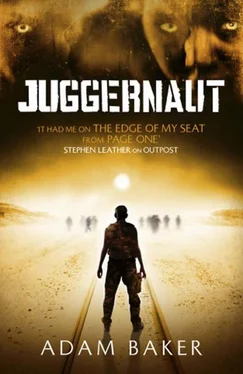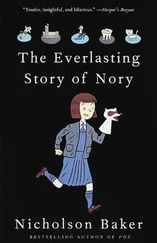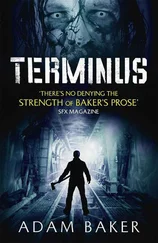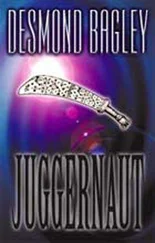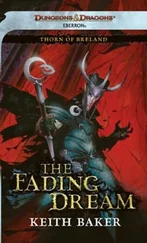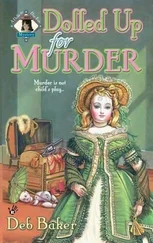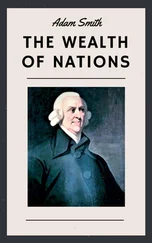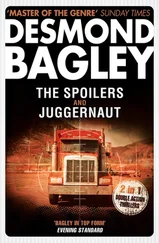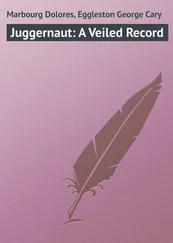I stood staring up into the night sky for a long while, contemplating the stars.
Next morning, I ordered the men to continue excavating the spacecraft. I drove to the airbase at Samarra. I tried to requisition a heavy crane and a large flatbed truck. The commanding officer initially refused my request. His men had been ordered to the eastern front. But I gave him gold. He was grateful for the gift. The man was also from Saddam’s home town of Tikrit. He had prospered during the long and bloody war with Iran. He had risen to the rank of general. He also ran a construction company and had been given lucrative building contracts. But the regime was about to fall and men like him would have to reinvent themselves. Burn their uniforms. Convince an occupying power they had taken no part in Ba’ath Party oppression. He probably had a strongbox somewhere in his home full of dinar bound with rubber bands. Kickbacks and blood money. Saddam’s smiling face on every note stamped red, blue and green. All of it about to become worthless. A bag of jewellery and Krugerrands striped from the homes of purged party members could be an invaluable asset in the uncertain weeks and months ahead.
We returned back to the crash site. The craft was half exposed. A thick fuselage. Torn batwings. Scorched rocket-vents at the tail.
One of the men showed me a brittle shard of crystal. The craft had been so hot when it came to rest, years ago, that sand surrounding the airframe fused to glass, coating the entire surface like ice.
I radioed Baghdad. I told them what we had found. Then the strangest thing occurred. My immediate superior at the OSS was General Assad. I rarely spoke to anyone but him. But an hour after I contacted Baghdad and told them we had found an unusual vehicle buried in the sand, I received fresh instructions. I didn’t recognise the voice. The man spoke Arabic. But he sounded American.
‘ My name is Koell. ’
‘What happened to General Assad?’
‘ I’m in charge of this project. From now on, you talk to me. ’
He asked me to describe the craft in detail.
‘ Is the hull intact? Tell me about structural damage. Is the cabin still sealed? ’
I told him the wings were badly damaged. The under-carriage was destroyed. The turbojet engine pods were burned out.
‘ What about the crew compartment? Boot up your laptop. Send me pictures. ’
‘My men are excavating the cockpit as we speak.’
‘ I’m going to mail you a schematic of the craft. ’
I sat in the back of a truck with our communications gear. The file came through. I clicked print. Multiple views of the vehicle. Top and bottom. Front, side and back. It looked like a mini-shuttle. A sleek space fighter. The text was in Russian.
We continued the excavation. Koell demanded hourly bulletins.
We unearthed the snubbed nose of the vehicle. The side-hatch was still sealed. The cockpit glass was pitted and cracked but intact. We shone flashlights through the scorched glass but couldn’t see inside.
I told Koell the shuttle had sustained considerable damage during re-entry and landing but the crew compartment appeared to be sealed. I asked how many occupants we could expect to find. He said he didn’t know.
I drew up a plan. The vehicle was buried twenty feet beneath the surface. The sand was too unstable to allow a detailed inspection of the craft. Anyone who climbed into the crater risked being buried alive by shifting dunes. We needed to extract the craft and transport it to a sheltered, secure location where it could be examined in more detail.
I consulted our maps, and decided to exploit the rail network spread across the Western Desert like a web.
The railroad was built by European contractors during the nineteen eighties. The main phosphate production facility was in Akashat, linked to a processing plant at Al Qa’im, but there were satellite mining facilities dotted throughout the desert, all linked by rail. Organic phosphate compounds make good fertiliser, but can also act as a major precursor ingredient of chemical weapons such as Sarin and Tabun.
The railroad passed within two miles of the crash site. If we could lift the wrecked vehicle onto a truck, and nurse it across the desert, we could load it onto a rail car.
I decided to bring the shuttle here, to the Valley of Tears.
There is an abandoned mine to the north of the valley, at the end of a deep ravine. A series of exploratory shafts and galleries. A sheltered, remote location. We could hide the craft in the tunnels. We could drape camouflage nets over any of our vehicles left in the open to mask them from aerial surveillance. The war would rage down south. Young men would squander their lives battling an invader they couldn’t hope to defeat. But we would be safe. History would pass us by. We could work without interruption.
I radioed Samarra. I demanded the loan of winch gear, an additional crane truck and a flatbed rail car. An absurd request. The country was in chaos. Most people couldn’t locate bread, let alone heavy-duty excavation equipment. Nevertheless, Koell told me the equipment would arrive in hours. I suppose, in a time of chaos, a man with briefcase full of US dollars can get anything he wants.
I asked Koell about the spacecraft.
I knew the Russians built their own shuttle. I saw it on television, years ago. It was called Borun Snowstorm. Pretty much identical to the American craft. It made a single, unmanned flight. Then the programme was cancelled. The vehicles were scraped. One of the decommissioned shuttles became a fairground attraction in Gorky Park.
The craft at the bottom of the crater was much smaller than a space shuttle. It was sleek, streamlined, little bigger than jet fighter. The wings were torn and blunted. Ailerons ripped away. Stripped heat tiles. Wing membranes peeled back revealing twisted titanium-alloy spars.
‘What is it?’ I asked Koell. ‘This thing. This spacecraft. Where is it from?’
‘ It’s Russian, ’ said Koell. ‘ A trans-orbital vehicle. Military prototype. They call it Spektr. ’
Lucy sat beside Jabril and fed him mouthfuls of cereal bar.
‘Spektr.’
‘That’s right,’ said Jabril.
‘It’s here, in this valley?’
‘Yes. If you follow the railroad track across the valley floor it brings you to a mine.’
Voss joined them by the fire. He crouched, shook sand from the folds of a map, and spread it on flagstones. He and Lucy examined the terrain by flickering flame light.
‘I’ve been mulling our options,’ said Voss. ‘Plenty of towns closer than Baghdad. If we walk out of here we could head north to Mosul. Or east to Ramadi or Fallujah.’
‘Taliban strongholds. They would happily cut our throats.’
‘We could jack a car soon as we reached habitation.’
‘After a couple of days in the sun? We’d be in no state for a fire-fight. Our best bet is to head south-east for Baghdad. Turn ourselves in at a coalition checkpoint.’
‘Some hard miles of desert.’
‘Got any other ideas?’
‘No.’
‘You’re a survivor,’ said Lucy. ‘A cockroach, just like me. You’ll make it. You’re not the quitting kind.’
‘There has to be some way to summon help. How about we write a big SOS in the sand? Someone will see it. A satellite. A plane.’
‘No guarantee,’ said Lucy. ‘We could sit here for days hoping for rescue, getting thirsty, getting weak, watching Huang die. I prefer to make my own luck. I’ll try to raise Gaunt again on the radio in a while. Maybe I can reason with the guy. If he has any sense, he will cut a deal. He’s marooned out here, just like us. But I reckon he’s too scared to think straight. It’ll be sunrise in a few hours. We should get our shit together. Be ready to head out at first light. We should carry water and basic weapons. Ditch everything else. How many bottles do we have left?’
Читать дальше
